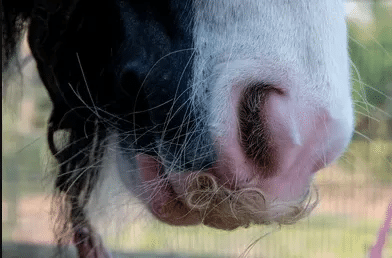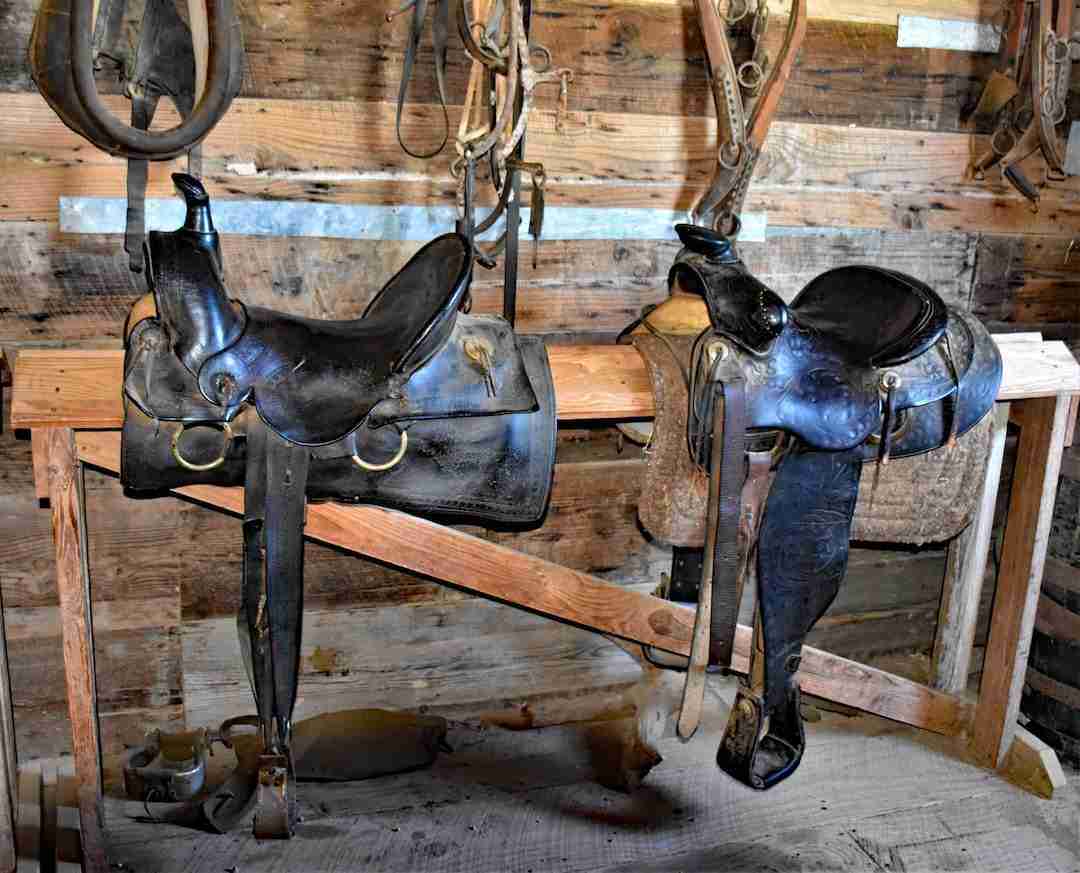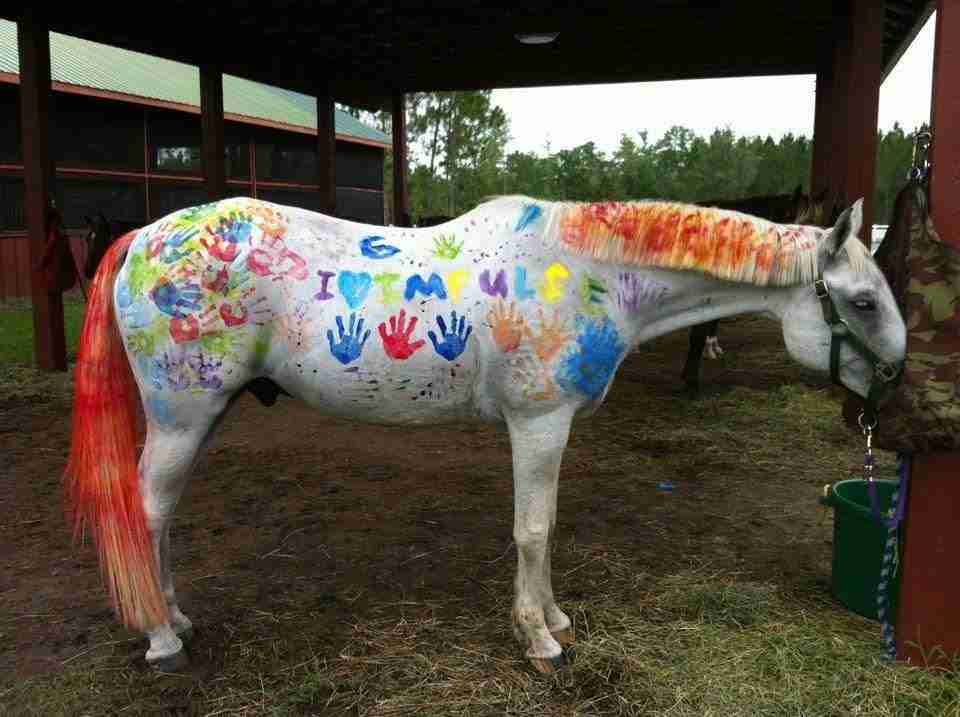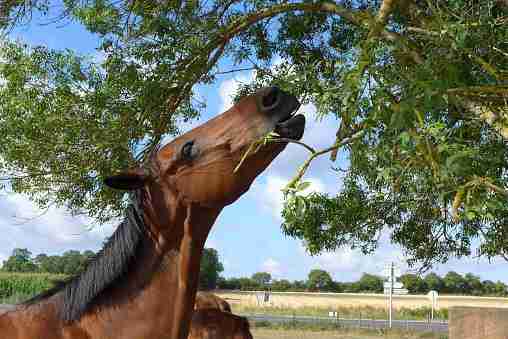When you think of a horse moustaches, the last thing you would associate it with is a horse, right? Well, believe it or not, horses can also grow mustaches. From pencil, handlebar, horseshoe, and walrus mustaches, horses also have a variety of shapes and sizes in which they grow upper lip hair.
Horses can most definitely grow mustaches, and it’s not specific to gender; stallions, geldings, and even mares can grow a mustache. It is more commonly seen on the bigger draft horses like the Shire, Clydesdales, and the Gypsy Vanner, well-known for its abundance of hair.
Is this phenomenon only related to a certain breed of horse? Is there a reason why horses would grow a stache? Well, we look into a few reasons as to why horses can grow a furry lip, which breeds sport the hottest fashion of horsetache.

Do Horses Grow Mustaches?
Horses that come from colder countries that have the gene responsible for excess hair that helps them stay a little warmer in winter can most definitely grow a mustache, and we are talking full-on mustache here, and sometimes when not trimmed can grow into a beard, these should not be confused with the wispy whiskers that all horses get.
The mustache is often seen on big draft horses like the Shire and Clydesdale but is more commonly seen on the majestic Gypsy Vanner, known for its thick luscious long main and full tails with fancy straight long feathers that go from their knees and cover their hooves.
What Is The Reason That Horses Grow Mustaches?
The Gypsy Vanner is well known for having heaps of hair, and since they have the Clydesdale and Shire breed in their ancestry, it is a horse that is well endowed with hairy genes.
It is that specific hairy gene that allows the horse to grow its mustache. The more hair genes the horse inherits, the hairy he will be with luscious flowing locks, and the chance of him getting a mustache is pretty good.
This gene also doesn’t differentiate between male and female, so mares, stallions, and geldings can grow a sporting mustache.

Do Horses Grow A Mustache All Year Round?
These horses are often found in Britain, where temperatures can get quite cold during the winters, so it’s natural for the horse to exert an extra amount of hair during the colder months, but when summer shines through the cold days, the horses will shed their winter coats and more often than not shed that thick fluffy horse moustaches.
Can You Cut The Horse Moustaches?
It is possible to cut the mustache of a horse, especially for those horses that compete or show, but through that impressive stache are fine sensory hairs that help the horse feel its way around when foraging, so when you remove the horse moustaches, be careful not to remove all the sensory whiskers as well.
Yes, a few of them will have to go when you trim the beard but don’t make the mistake of removing all the hairs, as this helps guide the horse when grazing.
But I ask you this one thing, why would you want to remove your horse’s mustache when it grows in a multitude of shapes and sizes, from the curly El Bandito to a classic handlebar, and that’s not even mentioning the full-on walrus and goatee.
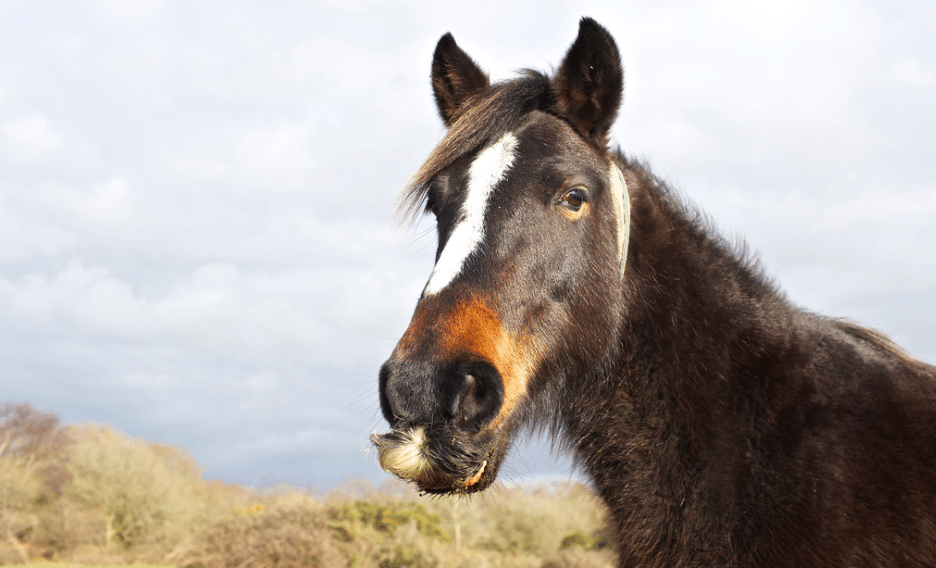
Conclusion
It might sound strange that a horse can grow horse moustaches or even a beard and maybe look even stranger to those not used to this look, but it is very much possible for some breeds of horses, especially the Gypsy Vanner, to grow some peculiar facial hair.

